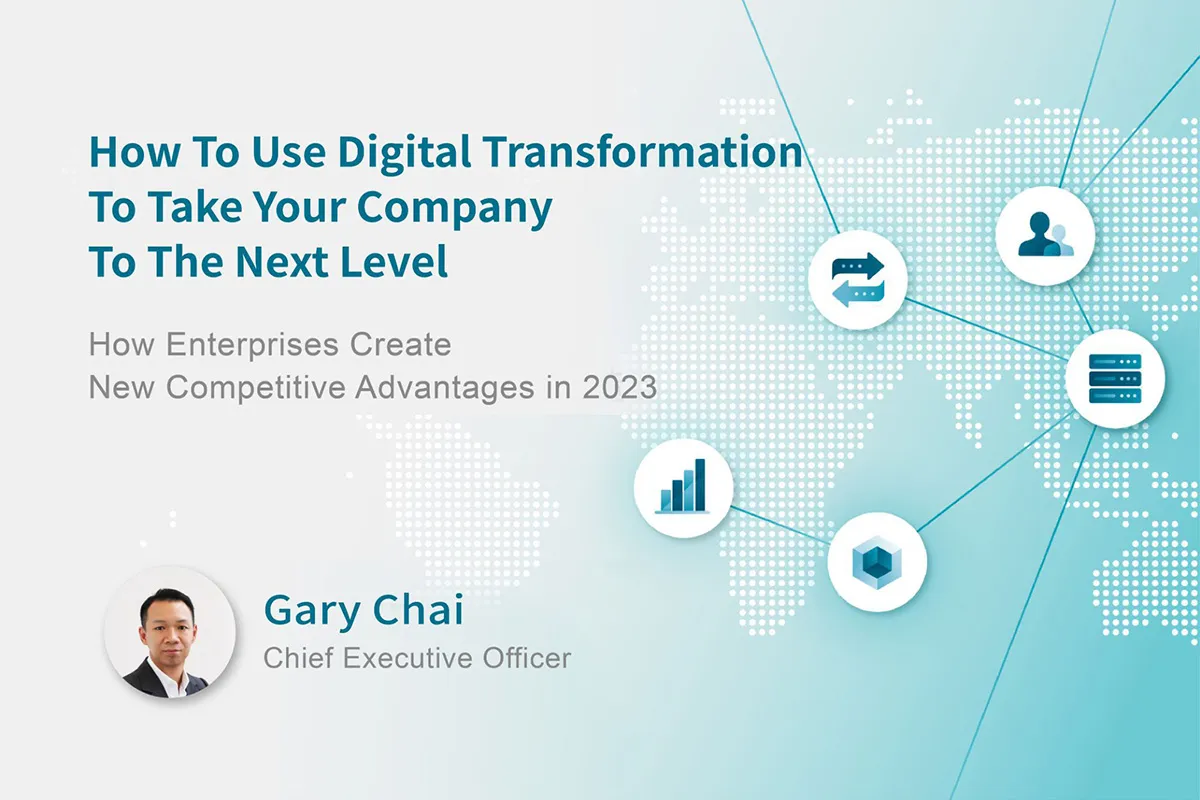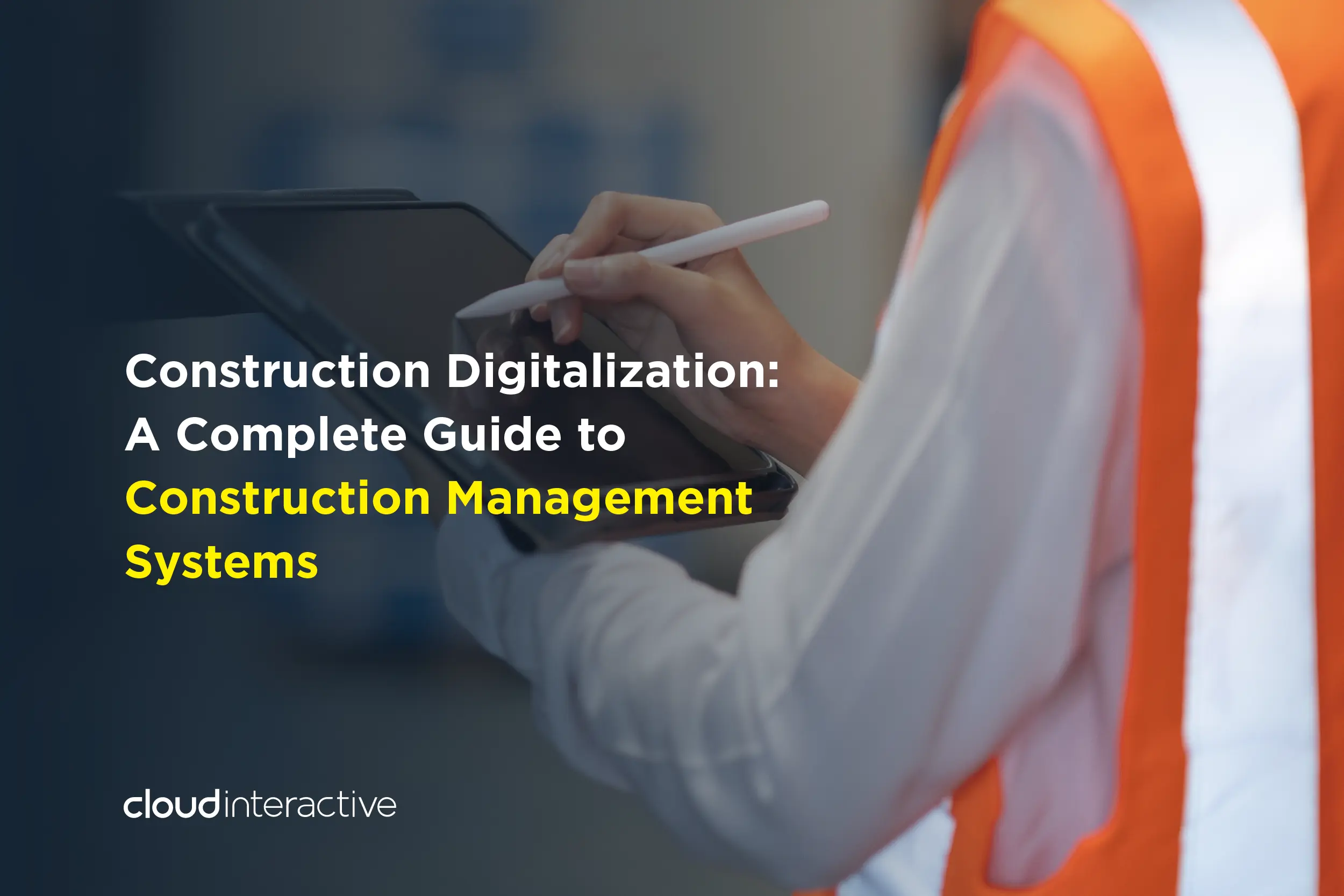
How To Use Digital Transformation To Take Your Company To The Next Level
Every digital transformation journey must start with a vision and strategy that solves real problems for your business, prioritizes where to spend, where to focus on quick wins, and where you are willing to invest and take risks.
The entire digital transformation agenda must be well thought out. A clear digital vision affects the speed of adoption by senior and middle management. Every digital transformation journey must start with a vision and strategy that solves real problems for your business, prioritizes where to spend, where to focus on quick wins, and where you are willing to invest and take risks.
Digital transformation involves integrating digital technologies into all business areas, fundamentally changing how an organization operates to boost efficiency and improve operations, often within existing systems.
At the height of the pandemic, companies were compelled to innovate — and do so rapidly — to maintain operations and serve their customers. Thus, companies across different industries must have a digital transformation strategy.
Q: How has Digital Transformation improved operations, processes, and customer experiences?
Cloud Interactive has demonstrated that new emerging technologies can significantly increase the potential to boost efficiency and operations for businesses, often within their existing systems. We followed our expert-created and battle-tested approach to business process consulting. Our process consists of the following stages:
Discovery Phase — Identifying and Analyzing the Business Process
In the first stage, we help identify which processes need improvement most through detailed interviews with end-users. After generating the initial systems architecture and business process concepts, our team systematically analyzes the company’s current business situation, gathers feedback from stakeholders, and communicates internally and externally to create optimal solutions for specific business goals.
Evaluation Phase — Specify Improvement Points and Provide Custom Solutions
At this stage, the executive team takes over the project. With all the consultants’ information in hand, the executive team defines how business processes currently operate and how your company envisions them operating in the future. We usually offer five types of business process optimization solutions: Business Growth, Internationalization, Software Upgrade, Data Analysis, and Hardware Upgrade.
Our business process transformation consultants helped Panasonic optimize complex business processes and establish a cost-effective business operations process.
Q: Has Digital Transformation been a challenging process for some companies? What are the challenges? How do you help resolve them?
Based on our experience helping client businesses across various industries, enterprises commonly face these challenges when integrating digital transformation.
Lack of Expertise to Lead Digitization Initiatives.
Lack of Overall Digitization Strategy.
Limited Budget.
Our comprehensive team of data scientists, engineers, designers, and app developers helps companies architect and implement innovative solutions in highly specialized sectors. Our San Francisco leadership team brings cutting-edge Silicon Valley innovation. At the same time, our operation in Taipei ensures the availability of top talent and houses a thorough understanding of the global business environment. Most importantly, we provide customized solutions that can adapt to each client’s budget.
In the age of digital transformation, companies will need to partner with a software development company rather than go it alone. Cloud Interactive has a comprehensive team of data scientists, engineers, designers, and app developers to help companies in highly specialized sectors architect and implement innovative systems.
Tip 1: “DO” Create a digital roadmap and vision.
The entire digital transformation agenda must be well thought out. When the digital vision is unclear, the speed of adoption of both senior and middle management is affected. Every digital transformation journey must start with a vision and strategy that solves real problems for your business, prioritizes where to spend, where to focus on quick wins, and where you are willing to invest and take risks. Which brings us to Tip 2:
Tip 2: “STOP” being risk-averse.
Research from Deloitte and MIT Sloan Management Review shows that risk-taking, experimentation, and failure are necessary for fostering innovation. Still, most organizations are optimized for efficiency and productivity. To become market leaders, companies must facilitate a shift in mindset at their organization to allow and even embrace a certain amount of risk.
Tip 3: “DO” Optimize operations.
Fundamental digital transformation stems from how businesses adapt their operations to capitalize on the benefits of these technological innovations. By executing projects with a long-term plan for operational implementation, your business will be more efficient and ultimately more creative, spending increased time on innovations and less on roadblocks.
Tip 4: “DO” Double-down on design maturity.
Design is about problem-solving. It’s about reframing an organization’s problems and challenges and alleviating them through design thinking methods. Technologies can be developed with the user experience in mind from the outset, preventing costly and difficult-to-correct issues down the road and ensuring better (and happier) adoption. Companies striving towards design maturity will reap better rewards alongside digital transformation.
Tip 5: “DO” Consistently evaluate and make adjustments.
According to Forrester Research, companies will never be truly transformed. As companies and industries continue to evolve, these changes will become even more crucial, making consistent and ongoing evaluations essential to long-term success. Using metrics and sharing them in a way that allows specific teams to leverage them is necessary for growth.
- In your opinion, how can companies best create a “culture of innovation” to develop new competitive advantages?
- Set clear and actionable goals
- Cultivate external relationships and choose innovation metrics wisely
- Don’t be afraid to take action — and quickly
“If you can dream it, you can do it.” — Walt Disney
I heard this quote at a young age, and it really stuck with me. It helped me start my first company at 25 and again ten years later when I founded Cloud Interactive. Now, we tell our customers, “If you can dream it, we can build it!”
Gary Chai founded Cloud Interactive, an AI Systems Consulting, Software Engineering, Design, and Integration company headquartered in Taipei, with offices in San Francisco, Dubai, and Amsterdam. Gary began his career at Netscape, where he contributed to the design of the UI for Netscape browsers and Netcenter. As a San Francisco native with twenty years of global user experience for Fortune 500 companies, Gary has been helping to drive company growth and ensure the successful outcome of each project. He has a proven track record of building successful and profitable companies. Before joining Cloud Interactive, he was the CEO of DesignMap Inc., an interaction design-focused design firm and one of America’s top 40 interactive design agencies.
By Cloud Interactive
Meet the masterminds behind the curtain at Cloud Interactive. We're not just software developers - we're also a content crew fuelled by caffeine and a thirst for knowledge. We translate tech jargon into plain English, dissect industry trends, and craft helpful tips that are informative and engaging. So, buckle up and join us on a journey through the ever-evolving and exciting world of technology!


